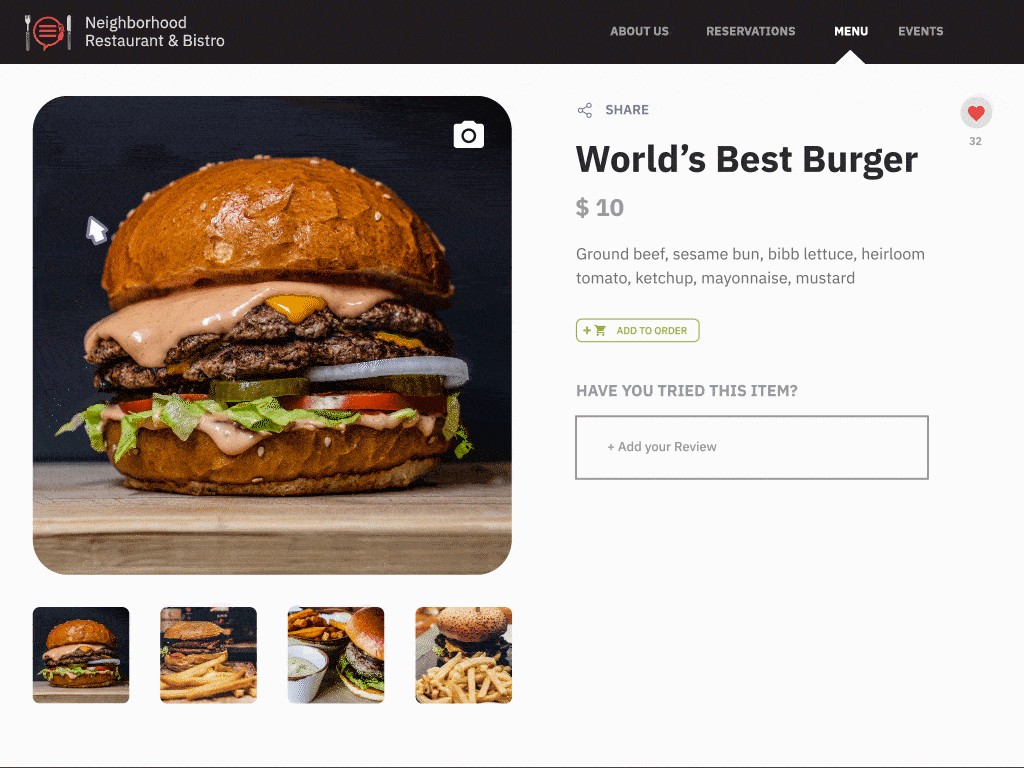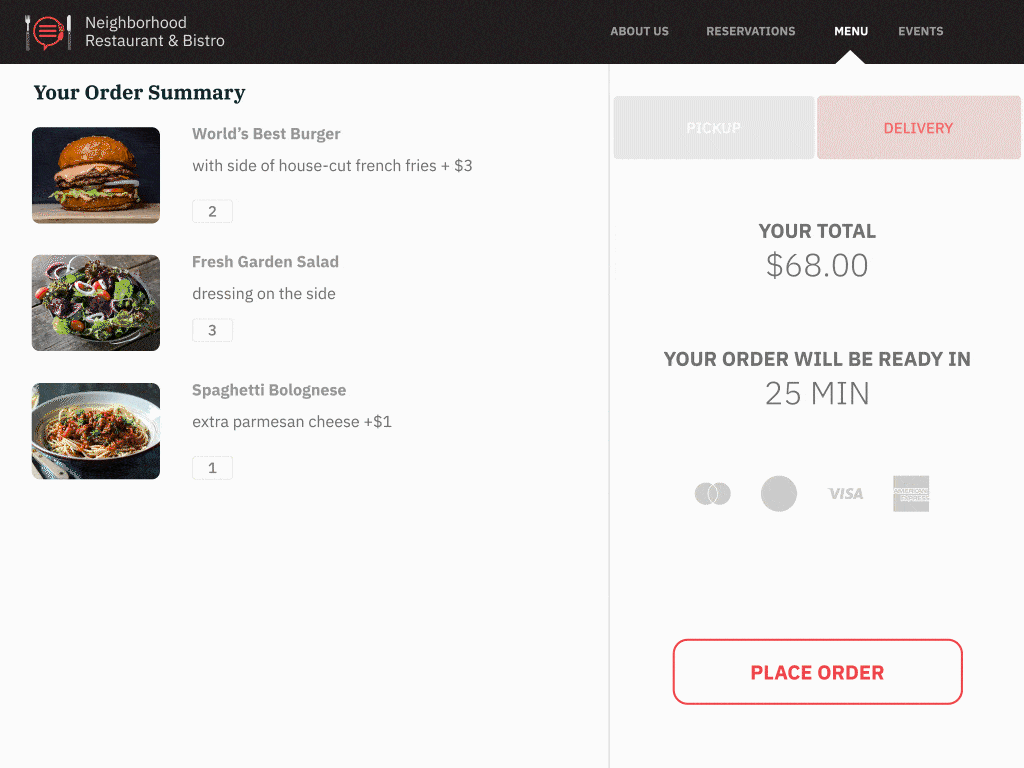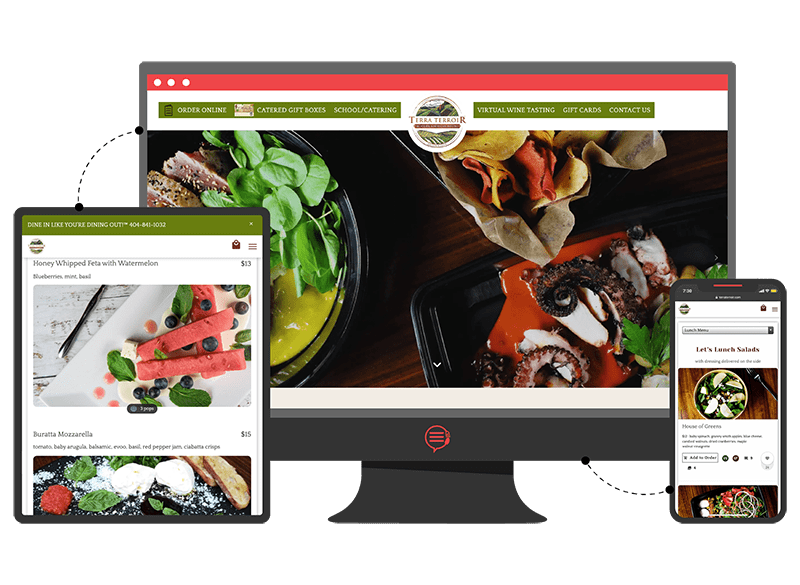
2.7.2022
Brendan Sweeney is the CEO and co-founder of Popmenu, a leading innovator in digital marketing, ordering and on-premise technology that works with over 6,000 independent restaurants and hospitality groups. With a strong background in product development, user experience and marketing for high-growth SaaS companies, Sweeney leads efforts to deliver technology that solves problems and opens the door to new revenue opportunities for restaurants. He can be found on the global speaking circuit, industry podcasts and news sites. Prior to launching Popmenu, Sweeney served in senior product leadership roles for Commissions Inc. and CareerBuilder EMEA.
The pandemic has created a brutal environment for restaurants, especially independent operators. What factors in your view are influencing how well restaurants have been able to adapt and survive during COVID?
One of the biggest determinants of agility and performance has been a restaurant’s appetite for change. During the initial lockdowns, it felt like ten years of acceleration in tech adoption happened within ten weeks. Those who already offered off-premise services quickly pivoted to an online model. Others had to completely re-engineer operations overnight.
In a time of fluctuating consumer confidence, supply chain disruptions and major talent deficits, we’ve consistently seen that restaurateurs who leaned into technology have performed better and, in some cases, even thrived. For example, our client B&B Butchers & Restaurant has been running online ordering events around holidays and special occasions. They sold $43,000 in online orders for prime rib, Yorkshire pudding and pecan pie in just two days.
Nearly half (48%) of restaurant owners and operators reported that automating online and on-premise operations increased sales while others pointed to greater efficiencies and an improved guest experience. It’s hard to find a silver lining when it comes to COVID, but I think it helped restaurants to recognize that technology can help them do more with less and that it’s not as difficult to add new elements to the tech stack as they may have assumed.
What inspired you to start Popmenu five years ago?
The original idea came when I was organizing an event in Paris for a previous employer. I was comparing three world-class restaurants and they all used text-only PDF menus. It begged the question, “why would such a sensuous business that is all about taste, smell, sight and atmosphere use text alone to convey their product?” Plus, PDFs are tough to use on mobile devices and unhelpful in search engine optimization. The online menu is the most important and most underutilized marketing tool for restaurants, and we wanted to help them maximize their menu’s utility.
Popmenu started by transforming static online menus to dynamic, interactive menus that feature all the decision-making criteria that consumers have come to expect when making any purchase: photos, reviews, ratings, social validation, etc. Each dish is a unique and indexed page for search engines like Google, so any updates automatically signal to them that there is new information to read. This increases traffic to the restaurant’s website and the interactive experience translates into higher customer conversions. This SEO-based approach helped Winking Lizard Tavern to nearly double its home page traffic to over 200,000, add 400+ reviews and capture contact information for 1,800+ guests within three months.
We basically treat the menu as a modern-day e-comm funnel with multiple calls to action. We capture guest preferences and contact information so restaurants can automatically remarket to them vs. having that information sit with a third-party site. This is central to our product suite.
Popmenu just launched a new offering, called Popmenu Max, which provides both online and on-premise solutions. What are the benefits?
Restaurants didn’t get into the business to become technology experts. It’s all about hospitality at heart and we want to enable them to focus on that. Popmenu Max is an all-in-one, guest-facing digital platform built specifically for restaurants. It includes our core offerings — interactive menu, website design and hosting, online ordering and delivery, digital remarketing, Google Business Profile integration — along with new capabilities such as digital waitlisting, AI-powered phone answering and third-party delivery aggregation.
I’ll start with the order aggregation first. One of the biggest headaches for restaurants is juggling orders from various third-party delivery sites on several tablets. It’s inefficient and results in order errors and late deliveries. With our acquisition of OrderNerd, we enable restaurants to manage all orders from one device, send those orders to one printer and consolidate reporting for the back office.
Another major headache, which gets a visceral reaction from restaurant owners when you bring it up, is answering phones in the middle of a labor shortage. Every missed call is a missed opportunity. Our AI technology can answer all of the most common questions and send the caller a link if they want to place an order or make a reservation. It also records voicemails via text so you can quickly see which calls you need to respond to first. In the last 30 days, Dracut House of Pizza & Seafood used this technology to answer nearly 1,800 calls.
With our waitlisting offering, guests can use a QR code or the restaurant’s website to add themselves to a waitlist. When they do, they automatically receive a link to the menu to start thinking about their order and, after the meal, they are invited to submit a review and follow your restaurant for continued engagement opportunities. We’ve seen single location restaurant operations using three to five team members during peak hours to accomplish what our solution can handle with next to zero burden on the team.
In the coming quarters, we’ll release reservations capabilities and then features like loyalty and membership programs within our Max offering. We’re really excited about what unifying the view of the consumer in one tool across all of these features can do to supercharge and automate how restaurants engage with their base of guests.
Why do you think the restaurant industry has been hesitant or slower to adopt new technologies?
One, running a restaurant is one of the hardest jobs in the world and finding time to implement new tech and/or operational processes is uniquely challenging in this space. Two, I think many restaurants have been burned by technology. Historically, there have not been great tools for front-of-house operations, especially outside of the physical walls of the restaurant. You see many restaurants cobbling together ten different point solutions. That means ten logins, ten bills, ten support paths, ten data sources — in other words, costly, inefficient and with a less than desirable consumer experience.
restaurants have been burned by technology. Historically, there have not been great tools for front-of-house operations, especially outside of the physical walls of the restaurant. You see many restaurants cobbling together ten different point solutions. That means ten logins, ten bills, ten support paths, ten data sources — in other words, costly, inefficient and with a less than desirable consumer experience.
We sincerely empathize with restaurants. We get angry on behalf of restaurants that have been abused by technologists and platforms whose interest don’t align with the restaurants’. For so long, they’ve been presented with so many tools that make them feel that technology has to be complex and expensive, and we have very intentionally built our solutions alongside operators to change this dynamic. We are always getting client feedback: tell us about your day, your month, your struggles, your challenges, your hopes. Our job is to make simple, usable technology that fits in the restaurant’s world, not the other way around. We know that tech is not an all-on or all-off situation and we help you find where you’re comfortable.
What in your view does the future hold for restaurant technology?
When the pandemic is behind us and labor and supply pressures have subsided, the difference between getting by and crushing it will be, “how well do you know your customer?” Everything about serving and marketing gets better the more you know your customer. In Popmenu’s platform, we have all the customer profile data in one place (what the customer liked, ordered, reviewed, etc) and we use that data to convert traffic into orders and seats. And every day, more and more of this is happening through the use of AI. For us, it’s all about elevating hospitality through innovation and rich data.
We’re at the tipping point of a once-in-a-generation replatforming of a giant industry and it’s all going to accelerate from here. You’ll see more personalized consumer experiences, from online ordering tailored for every individual to your favorite drink and appetizer waiting for you when you walk in the door. You’ll see restaurants adopt a retail approach in how they manage their digital storefront and re-engage guests. You’ll see more predictive technologies to help guide everything from marketing to inventory management. And you’ll see restaurants move away from multiple point solutions to reduce costs and complexities and grow revenue and profitability.

